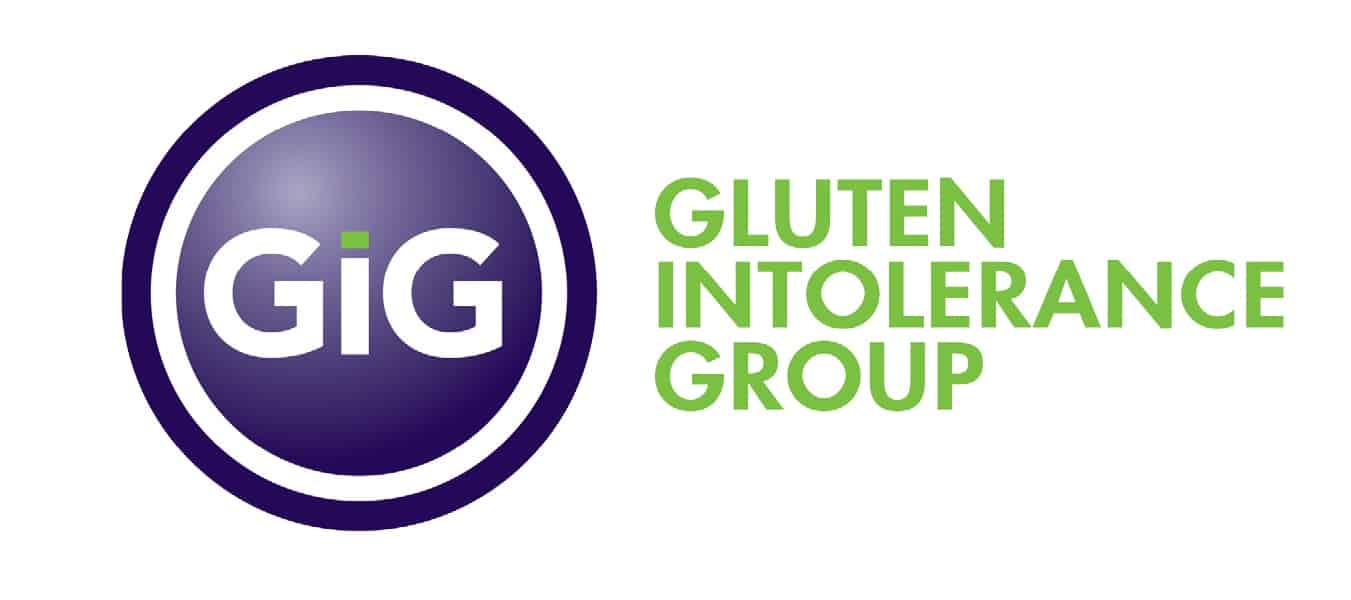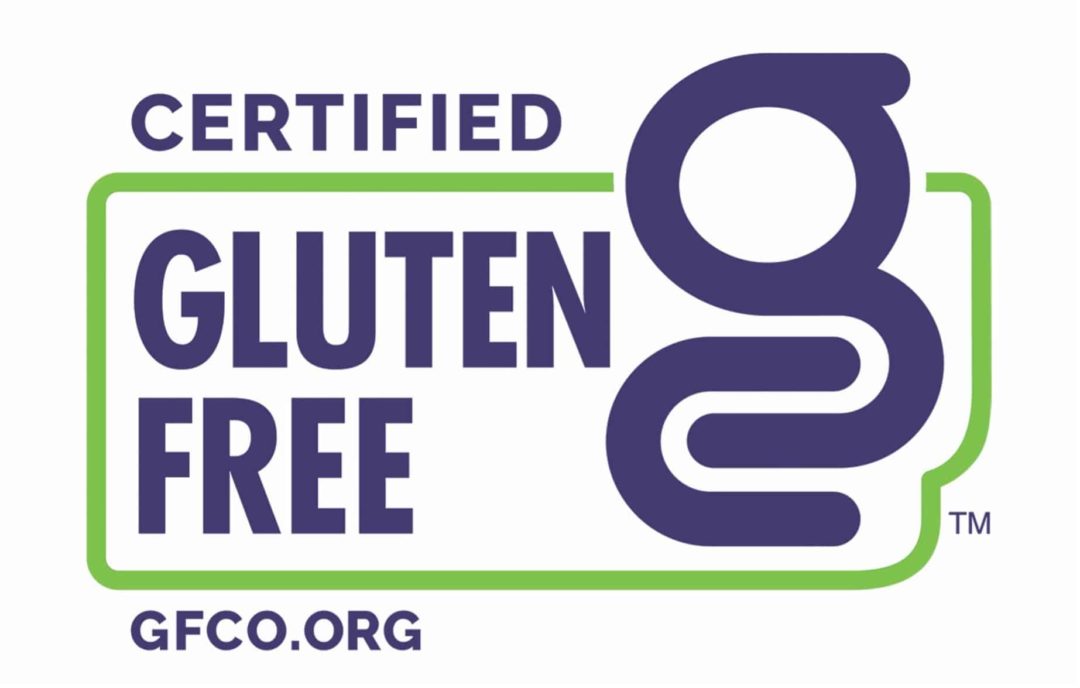Company Description
A product that carries a third-party, gluten-free certification mark on its label is not only helpful to consumers, but it also boosts consumer confidence in their overall shopping experience.Not all certification marks are created equal.Trust and confidence are key when serving the gluten-free consumer. A product with GIG’s Gluten-Free Certification Organization (GFCO) mark says, “This brand has my safety in mind, and their product is safe to consume.” Why is GFCO synonymous with “Trust?”
For over a decade, Gluten-Free Certification Organization (GFCO), the cornerstone food safety program of the Gluten Intolerance Group (GIG), has been leading the industry in best practices for certifying gluten-free products. Unlike the FDA and other certifying organizations, GFCO certifies products at 10 parts per million (ppm) or less of gluten — a stricter standard.
GFCO goes beyond simply approving each brand’s manufacturing process. While other certifiers rely solely on testing data provided by each food manufacturer, GFCO performs both planned and unannounced site audits and implements its own product testing on products taken directly off store shelves. GFCO has earned the overwhelming trust of consumers because of their stringent, 80-step gluten-free certification process and a certification label that is the most recognized symbol in the gluten-free community.
Consumers are confused about wheat statements.The Food Allergen Labeling and Consumer Protection Act of 2004, or FALCPA, along with Precautionary Allergen Labeling (PALs), are often the cause of consumer confusion when looking at ingredient labels. FALCPA only names wheat as an allergen source in contrast to gluten-free labeling standards that also recognize barley, rye, and grain hybrids.
To add to consumer confusion, Precautionary Allergen Labeling — such as “may contain” and “shared equipment” statements — is sometimes used by manufacturers to provide transparency to their wheat allergic consumers. Can these products also be certified as gluten-free? The short answer is yes, if certain conditions are met.
In cases where wheat is used on product lines in other sections of the manufacturing plant, GFCO assigns leaning and additional testing requirements on all the equipment used, along with extra product testing to ensure the integrity of the 10 ppm or less gluten content. Educating the consumer is key to minimizing confusion and gaining trust. Through GIG’s outreach and educational content and programs, GFCO is helping consumers understand that PAL statements are voluntary, not regulated by the FDA, and that they do not invalidate GFCO certification.
GIG and GFCO are doing even more to ensure consumer safety and trust.GIG issues Safety Alerts to make consumers aware of problems found within gluten-free labeled products, including those certified by GFCO. The Safety Alerts are published on GFCO.org, posted to social media, and emailed to consumers through GIG. When GFCO is made aware of any product recalls or incorrect labels, announcements are made in a timely manner with consumer safety top of mind.
The GFCO certification is what consumers need and the gluten-free community demands when it comes to buying packaged foods from local stores. Look for the GFCO logo on food packaging to know that the product is safely gluten-free. A GFCO certification overrides any other labeling statements and defines food safety for millions of gluten-free consumers.
 Gluten Intolerance Group
31214 124th Ave SE, Auburn, WA 98092
P: (253) 833-6655
F: (253) 833-6675
Customer Service: gfco.clientsupport@gluten.org
Gluten Intolerance Group
31214 124th Ave SE, Auburn, WA 98092
P: (253) 833-6655
F: (253) 833-6675
Customer Service: gfco.clientsupport@gluten.org










